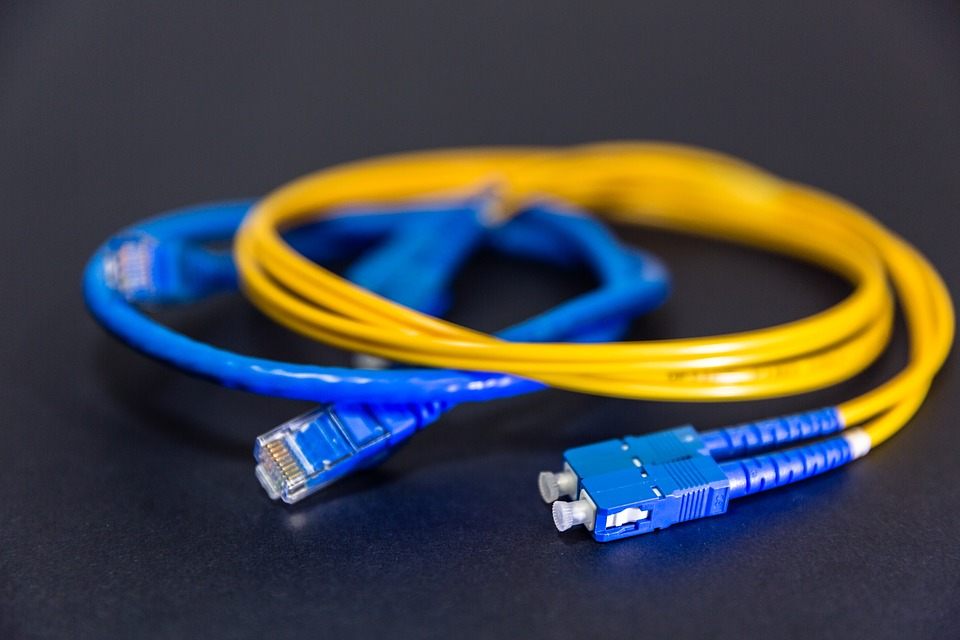
Considering Starlink to improve home internet
High-speed internet is almost a necessity in the modern age. As we get further into the 2020s, data costs for services bloom, and our reliance on the web for entertainment and work only continues to grow. While an upgrade to a modern connection like fibre can be a game-changer, such systems are also limited in range and scope. With that in mind, the arrival of Starlink could be a game changer to many who live outside of cabled infrastructure. So, what is Starlink, what makes it special, and is it worth making a change for?
What is Starlink?
Starlink is a new satellite internet service from SpaceX. Unlike older satellite internet solutions, Starlink can be valuable for most modern uses and can eliminate or at least heavily reduce the limitations of older satellite systems. This is accomplished by utilising a net of many satellites close to the planet, rather than older much further geostationary systems. While not perfect, the technology represents a significant leap forward in connectivity potential, especially for areas that lack traditional cabled availability.
What Sets Starlink Apart?
The biggest point of comparison for Starlink could be seen in how it measures up to older satellite internet providers like HughesNet. With HughesNet, launched in 2012, users could expect download speeds up to 15 Mbps. For reference, this would be enough to watch HD video content on YouTube or to download a ten-gigabyte file in one and a half hours, as calculated by broadbandgenie.co.uk.

For Starlink, speeds can reach up to 150 Mbps. This would be enough to stream around 15 HD YouTube videos at once or download a ten-gigabyte file in around nine minutes. Though this is certainly impressive, the biggest difference comes in latency, also called lag.
Latency refers to the amount of time it takes a signal to perform a round trip. For the user, the best point of reference is the time it takes for a website to respond after pressing a button. For a fibre connection, users could expect latency of around 15 milliseconds in average use. In older satellite systems like HughesNet, latency is around 724 milliseconds based on data from zdnet.com. Starlink, offering around 45 milliseconds, is much closer to the former than the latter.
Should you Make a Change?
Ultimately, this is a question of use case. If you already have a high-speed fibre plan, then the answer is usually going to be no, as fibre represents what is almost universally a much cheaper and more reliable option. If you have a lower-speed connection of around or less than 50Mbps, however, consider the following examples.
If you're a big video streamer for services like Hulu or Netflix, then your data costs for the highest quality 4K experiences are going to reach up to 50Mbps, according to cable.co.uk. At this point, streaming could become unreliable, requiring buffering and even dropping to lower resolutions if your connection can't keep up. As streaming becomes more common, as we covered here on lifestyledaily.co.uk back in November, and standards rise, this issue is predicted to become more common. With Starlink, the problem could be mitigated or eliminated.

Working from home has become a worldwide phenomenon in the last couple of years, but even in the UK, we're often not equipped to handle what this pursuit demands as reported here on Lifestyle Daily. If your job includes simple text documents, emails, and spreadsheets, then low bandwidth internet might manage just fine. On the other hand, users who work with video content or large data backups could see real efficiency and convenience improvements using Starlink.
For gamers, most titles won't require much bandwidth, where latency is often the main concern. In this way, the slightly extra lag of a system like Starlink could be detrimental to the play experience. There is a confounding factor here in that game streaming services like Google Stadia can require upwards of 35 Mbps. Since these become unplayable at higher latencies, however, we'd still hesitate to recommend Starlink as an upgrade, unless you're already getting a lot of lag anyway.
Of course, not everyone who uses the internet pushes it to its limits, which is why more casual internet users could avoid the need to upgrade. A popular example of this is YouTube, where viewers commonly watch through their home network on mobiles. At lower resolution, this should work fine on slower connections. In the interactive entertainment space, experiences like the betway.com/en/casino/blackjack games also have low data costs, no matter which variant users choose to play. Therefore, the demands of the entertainment you consume is a key factor to keep in mind.

With all these factors in mind, readers should have an idea of whether or not Starlink could be worth it for them. It's noted that the technology will likely improve with time, but on the other hand, any claims made by Elon Musk should be taken with more than a few grains of salt, such as his hovercar claim that Lifestyle Daily looked at back in March. With all that said, for the right customer, Starlink could be a godsend. That is, provided you have a clear line of sight to the sky.













